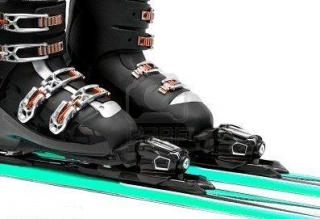The first thing to make clear is this: heli-skiing is not for beginner skiers. The conditions and terrain where heli-skiing takes place can vary enormously, ranging from icy slopes with gentle gradients to tree skiing on steep inclines.
Snow conditions play a crucial role, as they can shift from light and powdery to hard and wind-packed, with countless variations in between.

You need to be an experienced skier and capable of handling any challenging situations that may arise. It's difficult to specify the exact minimum skill level required to enjoy heli-skiing to the fullest, but there are some general guidelines to help you gauge it.
- You must have experience on conventional ski slopes, including advanced ones. You should be able to transition from a blue run to a black run without hesitation and ideally have several years of skiing under your belt.
- Even if you don't ski like Alberto Tomba, that's no barrier to heli-skiing.
- When the situation demands it, you should be able to sideslip, climb step by step, make diagonal traverses, and perform basic technical movements with your eyes closed.
- Even if you've never skied on high-altitude snow, it's important that you've at least tried off-piste skiing and can handle untouched terrain.

Tips
- The best advice we can give to anyone trying heli-skiing for the first time is to join an introductory group.
- Before you take the plunge, ski as much as possible, challenging yourself on steep gradients and off-piste jumps.
- If possible, take a few lessons and get a reliable assessment of your skill level.
- Start an exercise programme eight weeks before your heli-skiing experience—it'll get you in shape and improve your strength and stamina. Cycling, weight training, running, or swimming will all help. The fitter you are, the more you'll enjoy it and the lower your risk of injury.

















